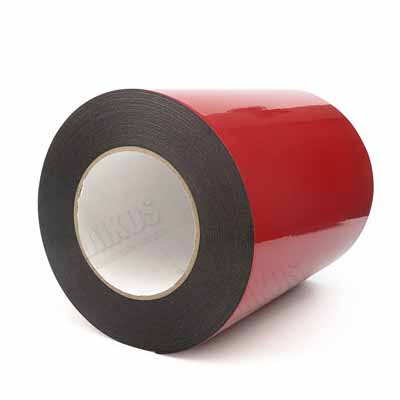As technology continues to advance, electronic devices are becoming more compact and powerful, with increasing thermal loads. This translates to an urgent need for efficient cooling solutions that can address the challenge of dissipating the excessive heat generated by these devices. That's where thermal pads come into play. In this article, we'll delve into the world of thermal pads, their applications, and the benefits they offer.
Thermal pads are a type of interface material utilized in electronics cooling applications. They are made of silicone or other thermally conductive materials with insulating properties that prevent electrical interference or leakage. Thermal pads come in various sizes, shapes, and thicknesses, making them highly versatile for different cooling designs.
Thermal pads play a critical role in cooling electronic components in a wide range of applications, including:
- CPU/GPU Cooling: Thermal pads are commonly used in cooling CPUs (central processing units) and GPUs (graphics processing units) in computers, smartphones, tablets, and other consumer electronics. They effectively dissipate heat generated by the processor, ensuring optimal performance and longevity of the device.
- LED Lighting: LED (light-emitting diode) lighting systems require proper thermal management to avoid degradation and ensure long service life. Thermal pads are employed to transfer heat away from the LED chip to the heat sink, improving the overall efficiency.
- Power Electronics: Thermal pads act as a thermal interface between power electronic devices such as inverters, DC-DC converters, and motor drives. They are designed to offer minimal thermal resistance, ensuring efficient heat dissipation.
In addition to their various applications, thermal pads offer numerous benefits which include:
- Thermal Conductivity: Thermal pads have high thermal conductivity which enables them to transfer heat efficiently from the heat source to the heatsink.
- Resistance to Compression: Unlike thermal compounds which require specific compression ratios to function, thermal pads provide consistent thermal performance despite varying compression levels, eliminating the risk of air pockets or low-contact areas.
- Ease of Application: Thermal pads are easy to apply, especially for large applications, eliminating the need for precise application techniques and reducing the risk of wastage.
- Electrical Isolation: Thermal pads provide electrical isolation between different components, preventing the risk of short circuits or electrical interference.
Thermal pads are essential components for electronic cooling solutions, offering high thermal conductivity, resistance to compression, ease of application, and electrical isolation. As technology continues to advance, the importance of thermal pads in cooling high-performance electronic devices cannot be overstated. For efficient cooling, it's vital to choose the right thermal pad based on factors such as thermal conductivity, thickness, shape, and size.




